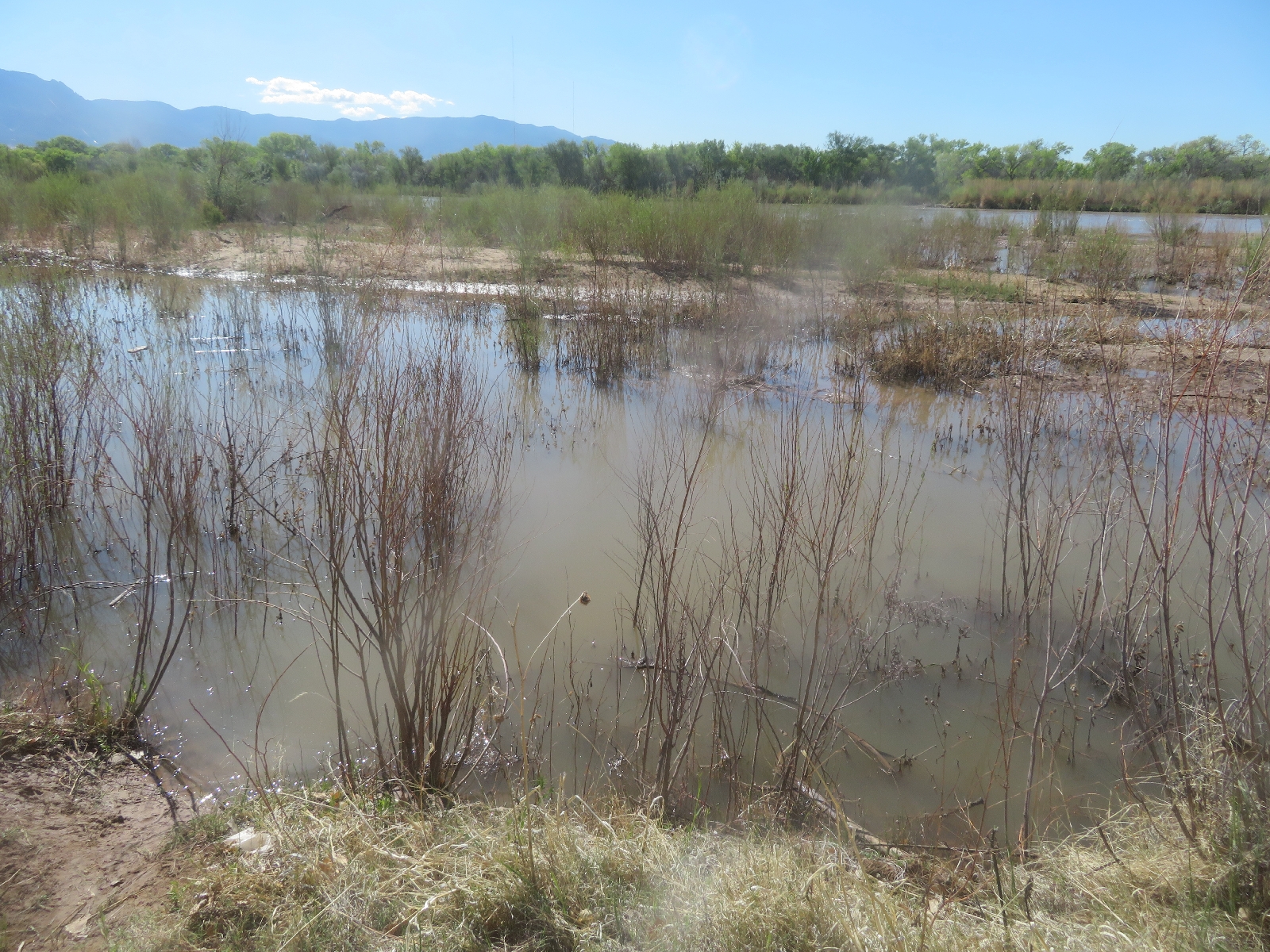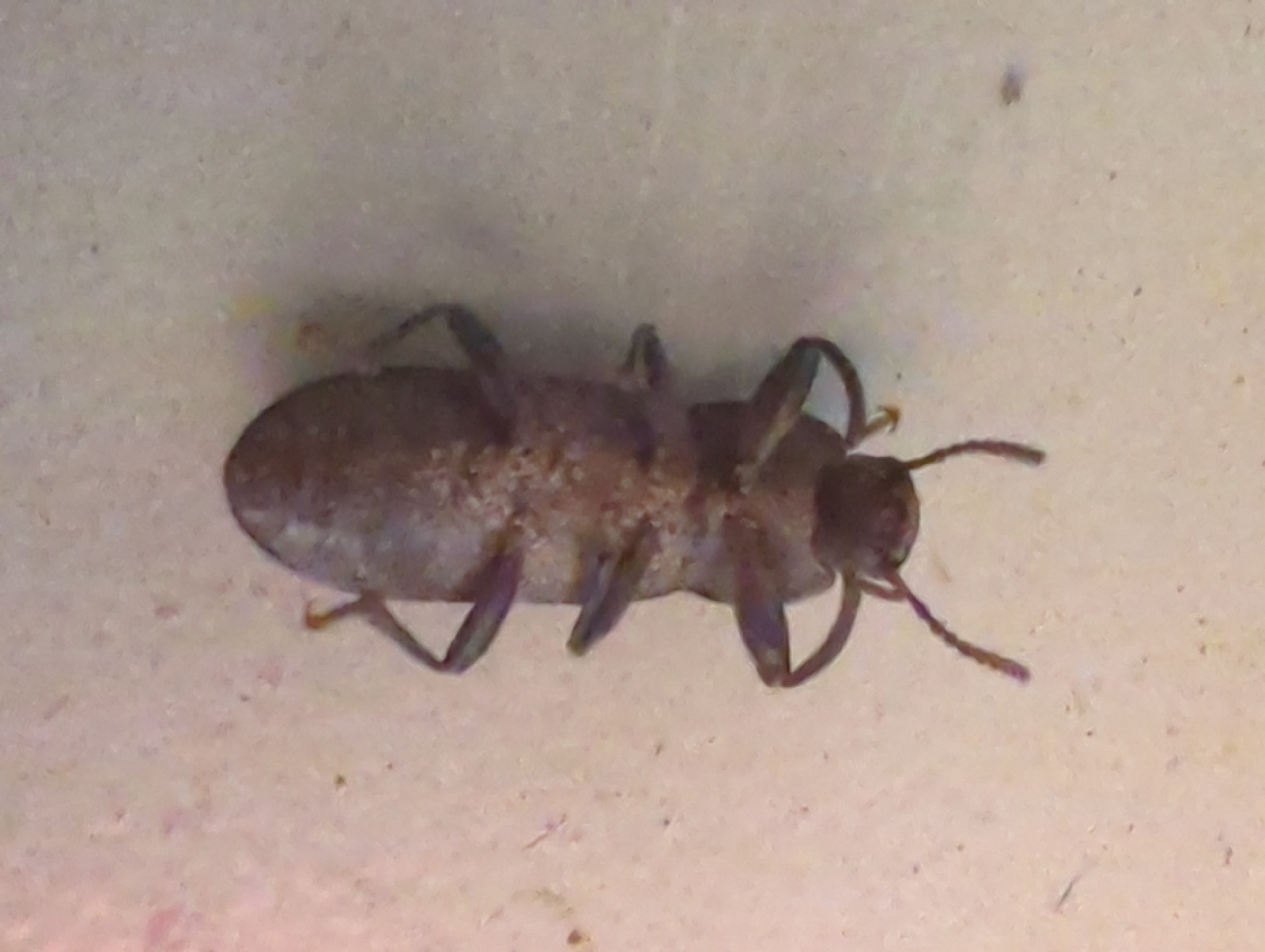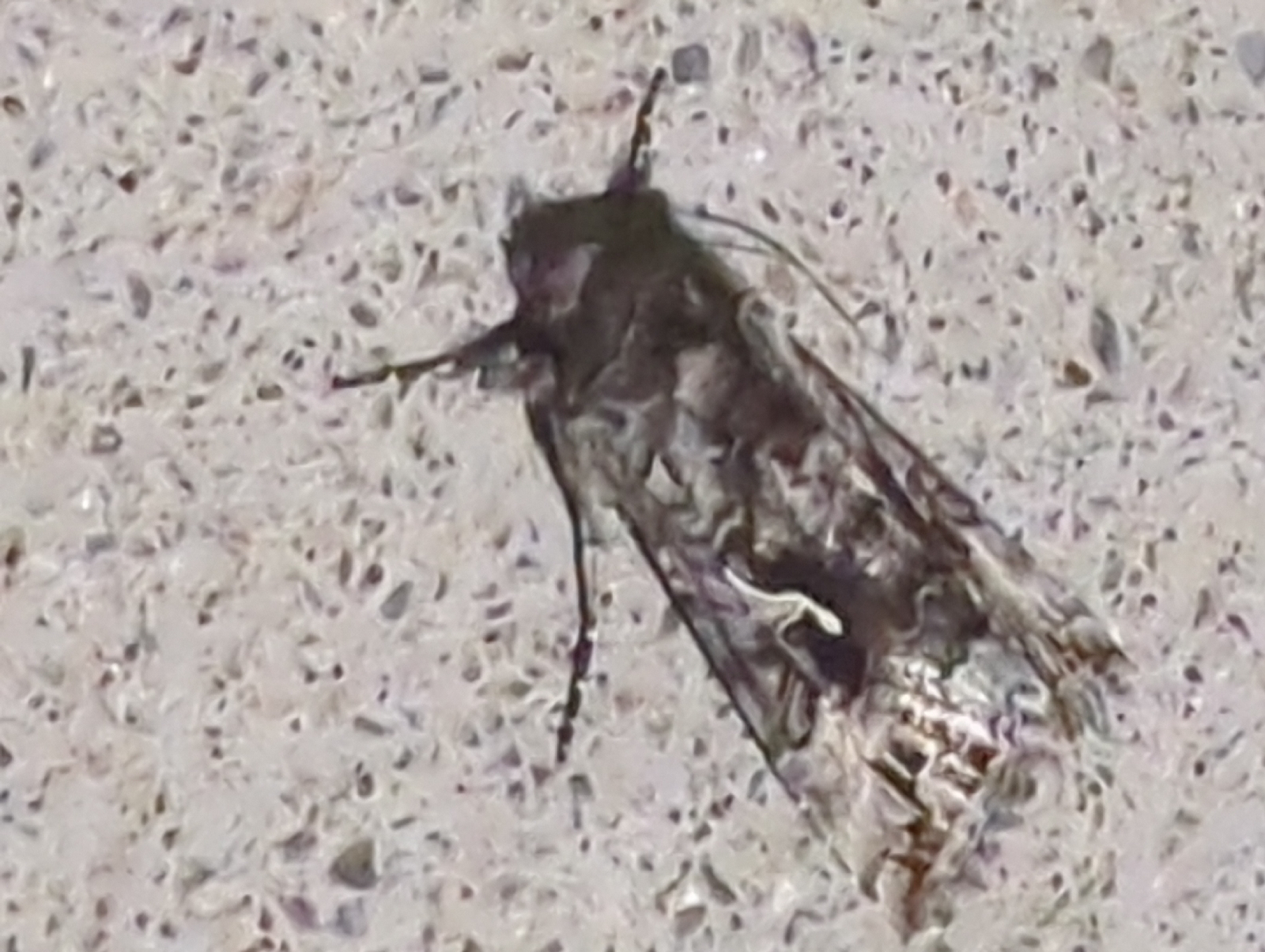'I rose to go, and felt the chill,
And shivered as I went;
Yet shivering wondered, and I wonder still,
What more that willow meant.'
Christina Rosetti, "In the Willow Shade"
Plants have all sorts of associations with poetic concepts and the willow is one of those with MANY connections to myths and legends. But the concept of love, death and beauty is always connected with plants such as weeping willows. At least, since the English literature of the 15th and 16th century. The weeping willow is actually a cultivar hybrid species, carefully curated since they were first introduced from China and immortalized on the British porcelain pattern.
North America is home to about 100 species of willows, and these plants are a mainstay of the Corrales Bosque. While cultural references to willows are vague, biologically, willows are very unique plants. They have insect pollinated catkins. They are found where there is abundant water for their roots, and their sap is very watery. While the plants do produce an aspirin derivative, this chemical is actually a plant hormone and found in many foods, including beer and coffee. Is is used for many things by the plant, including plant-plant communication.
There are many plants called willows, which actually are not. All willows are water loving plants, which is in high demand in the New Mexico climate. The rain here is not only sporadic, but often it evaporates before it even reaches the ground, in a weather phenomena called virga. This can be seen in the photograph as grey curved streaks in the sky. The water stored underground is of far more importance to many plants in New Mexico, without which they could not survive.The high river levels means standing water in the coyote willows swales. A whole unique riverine ecosystem is regenerating. From seeds, insects, amphibians, visiting birds and other animals. New life is literally flooding into the forest. The dense undergrowth will retain the coolness and moisture during the hottest months and allow the cottonwood seedling to establish. Willows have some of the longest growing seasons of the plants available here. The plants with the longest growing seasons seem to have the best chances to establishing themselves. Its one of the reasons invasive plants like ravenna grass is able to dominate.
This duck egg fragment is all that is left from a nest of a domestic mallard. Wild bird nests are protected by federal law and mallards will just keep laying eggs and forming nests until they are successful. However, no one told the skunks this. The ducks use the dense underground of weeds, willows and anywhere else to hide their nests. Even though their nests seem pretty indifferent, they put a lot of work into raising their families, and this particular duck species is doing well in human controlled areas.
Pyralid, or snout moths are found in warmer climates and have long thin antennae. Some eat plants, some eat beeswax, this one is designed to look like a bird dropping. Notice the fringes on the moth wing's trailing edge. These break up their outline, muffle bat acoustic echos, and probably do many other things we just can't understand without a moth like brain. Knowing them, it likely has something to do with spreading pheromone smells around.
mourning cloak butterflies feed on cottonwoods and willows. They are some of the first butterflies seen. Not only because they are cold adapted, but also because they are some of the biggest butterflies. Their fearsome appearance means they are left alone my many birds seeking to feed the early birds. How this butterfly is connected to traditional mourning garments seems to be a debate of some contention, although most sources just take it for granted. It seems to be a bit of a joke, because the trim and blue spots on this butterfly suggest a "light mourning" rather than the somber black.brown of "heavy mourning" of Victorian dress codes.
beetles can be hard to identify because there is just so darn many of them about. Like most insects, the indoors is not a hospitable place for these insects and they can often be found dead around door seams in the spring
Moths play a large part in the ecology of the bosque. Their larva attack tree leaves and are in turn attacked by wasps. Some caterpillar hide inside weeds, such as wild licorice, building web like structures. Others hide inside wood directly.Wasps
Parasite wasps are impressively varied. The long tailed wasps can sting beetle grubs chewing holes inside dead trees. This is a short tailed ophion wasp and they seek moth caterpillars, usually around light fixtures as the moths mate and plant to lay eggs.

The hairy footed scoliid wasp is much more solidly built, as you would expect for a wasp that hunts large beetles and has to do a lot more digging to get to the grubs. The deceased female was attacked and killed apparently by sand wasps. A behaviour i see occasionally but have no idea about the details.
Butteflies always have people's attention. This is a Pearl Crescent it has very ragged wings meaning it is at the end of its life span. Butterflies, like many animals have a wide variety of life cycle strategies. but the range varies widely.
Bindweed is a plant that is thriving under the extreme pressure of human eradication. Unfortunately, evolution only needs "fitness" to be successful and plants like bindweed are very well fitted to rebounding after human intervention, unlike the other plants they compete with. The ephemeral flowers are quite beautiful, though and some cultivars are raised by gardeners, under the euphemism of "morning glory" which is actually a totally different plant.
As spring rolls into Summer the flowers are getting ready for other actors. This silverleaf nightshade uses heavily laden anthers to attract American bumblebees during the summer. It is odd that while the nightshade is an invasive species, the pollinator, bumblebees, seem very specific to geographical locations, at least, according to Inaturalist.
Right now it is not only birds that are seeking nests. A wide range of reptiles are also looking to mate and make nests. This New Mexico gartersnake was seeking a location to lay eggs, they are often seen near water sources. Unfortunately this one was crushed by a car late at night.
The toll from cars, gardens, pets and glass windows on wildlife is crazy. Some animals and plants are adapting quickly to this, such as coyotes, willows, mallards, and wasps. Others are simply fading out. Only time will tell. Species like this yellow warbler has been slowly declining and since 1966 to now has decreased by 20%. Will we notice when they are gone, or will we plant a weeping willow to symbolize their loss?














No comments:
Post a Comment